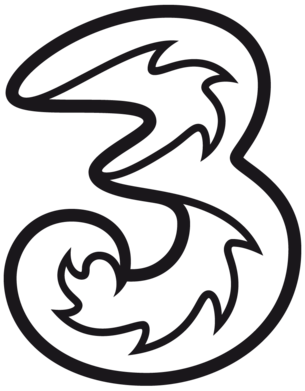Around the explosive term Fake, the exhibition at Kunsthaus Graz traces the development of the interfaces between graphic design, media images and art since 1971. With works by Rosemarie Trockel, Gerwald Rockenschaub and Signe Pierce, among others, it reflects both political upheavals and technological developments. Faking the Real explores the question of the manipulation of realities and reveals an evolution from posters in public space through to interventions in social media. The exhibition is part of the large-scale special show The Art of Enticement, which examines 100 years of graphic design and poster art from different perspectives.
Especially in recent decades, both graphic designers and artists, working in parallel, have used concepts and ideas of selling, manipulating and celebrating. In this, they have been ever more clearly influenced by one another – not only appropriating, but self-confidently, affirmatively, too. Besides the material innovations, it is the technological ones in particular that have driven not only advertising graphics, but art, too, in its reflection. Digital layout programmes have created almost limitless possibilities in terms of designing surfaces. Deriving from the collage, initial image processing programmes inspired ground-breaking positions in art such as John Baldessari to create smooth image montages, spurring on from the 1980s an early generation of digital artists like Peter Kogler, Thomas Bayrle or Sylvia Eckermann, for example, to graphic works that continually grew in size, spreading out spatially, too. Highly current positions in art, such as Christiane Peschek or Hito Steyerl, the latter represented in Kunsthaus’ Space01 with a solo exhibition, not only make the analogue and digital worlds merge into another interactively; they also blend into each other in a way indivisible and invisible. The question of the ‘applied’ as something covertly seductive, calculated and manipulative, as if steered by an invisible hand from far, is once again posed here, in a completely new way.
Faking the Real
The Art of Enticement
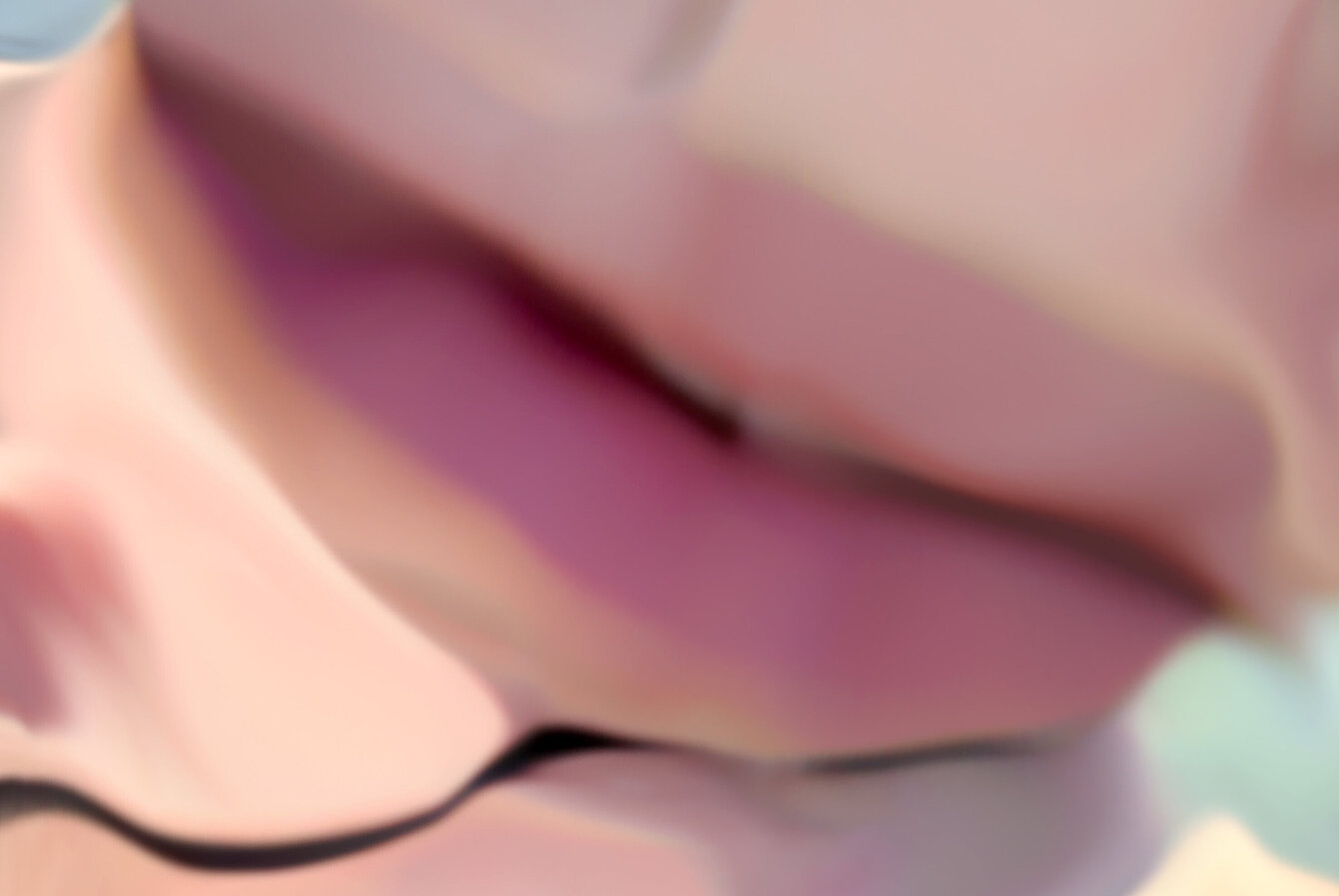
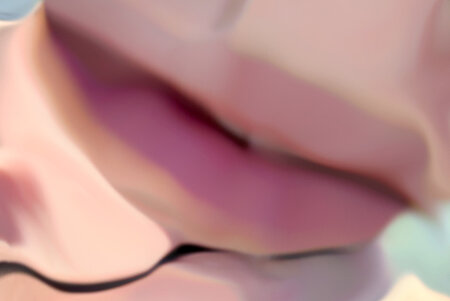
Image Credits
Duration
22.09.2022 - 08.01.2023
Opening
21.09.2022, 8 pm
Location
Kunsthaus Graz, Foyer, Space02
Curators
Katrin Bucher Trantow, Sabine Kienzer
Co-curators
Alexandra Trost
Show all
About the
Exhibition
Around the explosive term Fake, the exhibition at Kunsthaus Graz traces the development of the interfaces between graphic design and art since 1971, reflecting both political upheavals and technological developments.
Cooperation project with Creative Industries Styria, Graz Museum, Haus der Architektur, KULTUM - Kulturzentrum bei den Minoriten, Institute for Design and Communication of the FH Joanneum, WKO Steiermark - Section Advertising & Market Communication, Ankünder
Further information
Content Research: Siegfried Gruber, Katia Huemer
www.kunstderverfuehrung.at
Fake
In the framework of steirischer herbst ’22
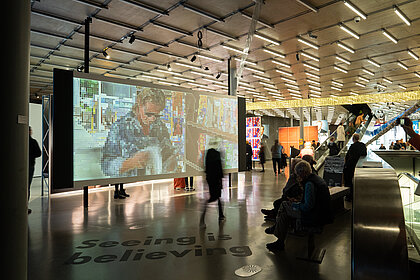
Image Credits
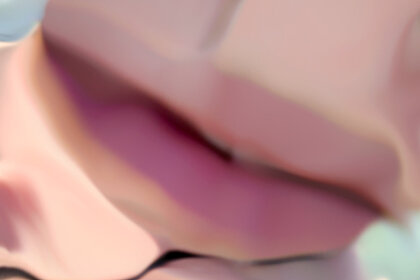
Image Credits
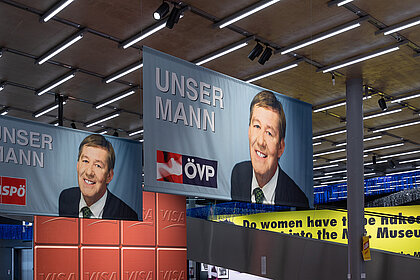
Image Credits
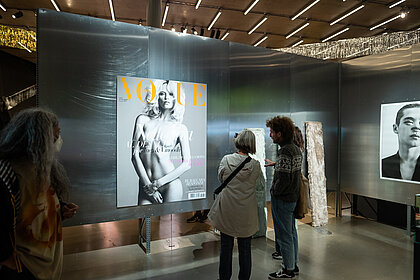
Image Credits
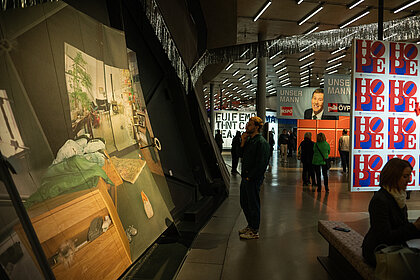
Image Credits
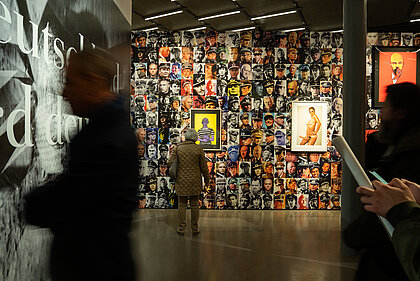
Image Credits
